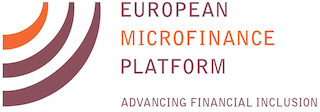CGAP is the World Bank’s microfinance arm. It is the leading research and policy shop in this fledging industry badly in need of the World Bank’s research muscle (the World Bank employs the most PhDs in the world). In this way, we very much look forward to the outcomes of CGAP’s recently announced technology program. We encourage you to apply if you have the best technology in the industry, or simply aspire to the same.
“CGAP is launching a major technology program that offers grant funding and technical advice for microfinance institutions, credit unions, banks, mobile operators and other organizations. We are interested in proposals of ideas that promise to help
improve a business model, increase efficiency or expand outreach.
The Technology Program invites concept notes for projects that test technology-based approaches to delivering financial services, especially in the most challenging markets not yet reached by microfinance. For example, project ideas could include partnerships with companies offering alternative distribution channels such as electronic payment networks, statistical scoring models for credit appraisal, or the deployment by banks of ATMs in low-income areas alongside branches. The deadline for the first round of proposals is January 2, 2007, and will be followed by a second round in February-March 2007. Learn more about the program, opportunities for project support, and CGAP’s work on technology and microfinance at www.cgap.org/technology.”

 This annual gathering promotes trade between Africa and Europe, North America and Asia. The agenda will include
This annual gathering promotes trade between Africa and Europe, North America and Asia. The agenda will include 